In the heart of Michigan, a movement is underway that’s not just about breaking the glass ceiling but reshaping the entire building. The Michigan Women’s Commission, in partnership with Consumers Energy, is pioneering a path to empowerment through high-wage, skilled trades for women. This isn’t just about jobs; it’s about creating legacies of skilled, confident women who will lead and inspire generations.
A Personal Journey
Imagine you’re at a crossroads in your career. You have ambition, the drive to succeed, and a desire to earn more—not just to thrive but to provide for your family and secure your future. This is where the journey begins, with initiatives like the roundtable discussion hosted by the Michigan Women’s Commission and Consumers Energy, spotlighting not only the opportunities but the supportive path forward through registered apprenticeship programs.
Breaking Down Barriers
For too long, skilled trades have been viewed through a gendered lens, often perceived as the domain of men. This outdated notion is being dismantled as we speak. Susan Corbin, director of the Michigan Department of Labor and Economic Opportunity, emphasized at the recent roundtable that, “In order to address the gender wage gap and ensure equitable access to economic prosperity, we are breaking down barriers and creating pathways for women to enter high-wage jobs across all sectors.” The roundtable event showcased Consumers Energy’s Registered Apprenticeship training programs as a key initiative to empower more women in skilled trades and pave the way for lucrative careers. This initiative is about rewriting the narrative, proving that these high-paying, skilled positions are not only attainable but are also welcoming and rewarding for women.

The Role of Apprenticeships
Apprenticeships are more than just training; they are a golden ticket to economic prosperity. With a promise of over $70,000 in median annual earnings upon completion, they represent a viable and lucrative career path. As one of the top states for registered apprenticeships, Michigan’s programs offer hands-on experience and the chance to earn while you learn, reducing the financial burden often associated with advancing education and skills.
Community and Support
“Behind every successful woman in these programs is a network of peers, mentors, and leaders cheering her on.” said Kendra Quinlan, co-founder of the Michigan Apprenticeship Network. During the roundtable, she underscored the importance of collaboration among industry, government, and educational institutions. “This support system ensures that once you step into this world, you are not alone—help is always at hand, and success is a shared goal.” she said.
As the landscape of skilled trades in Michigan evolves, so do the opportunities for women seeking high-wage, fulfilling careers. Curious about where to begin? Consider exploring the resources available at Michigan.gov/Apprenticeship. This is your opportunity to engage with a community that’s not just filling jobs, but redefining success in skilled trades for women.
The collaboration between the Michigan Women’s Commission and Consumers Energy is more than just a doorway to new opportunities—it’s a gateway to broader horizons for women across the state. Your participation in these initiatives not only enhances your own career prospects but also enriches the diversity and strength of our workforce. Take a moment to consider this path: it’s not just about advancing your own goals but also about forging a path toward a more inclusive and prosperous Michigan. Together, let’s envision and build a future where every woman’s potential is realized.




















